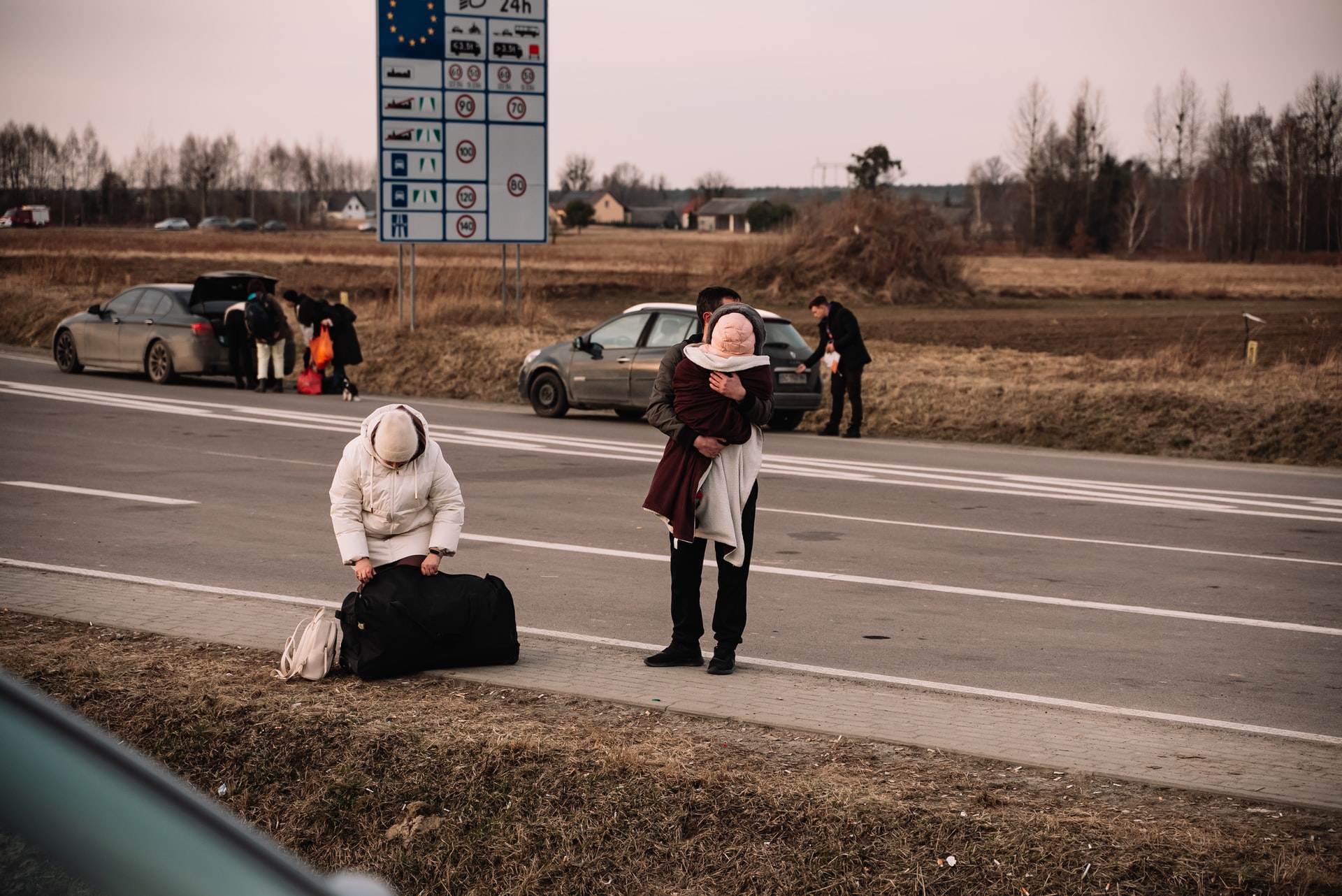Aspiring Towards the 15-Minute City
In recent years, the concept of the 15-minute city has gained traction as an ideal urban planning model, to make city life more sustainable, convenient, and livable. Popularized by scientist and business professor, Carlos Moreno in 2016, the vision proposes that city residents should be able to access all their essential services within a 15-minute journey from their home.
At the heart of the 15-minute city is a desire to reduce dependence on cars, cut down on greenhouse gas emissions, and enhance the overall wellbeing of residents by providing easy access to everyday needs. The model integrates transportation planning, urban design, and mixed-use development to ensure that essential services are within easy reach. The benefits are manifold: less traffic congestion, low pollution levels, and better public health through increased physical activity. Such a setup will also encourage local economic growth as residents will spend more time and money within their immediate vicinity.
Ottawa, the capital city of Canada refers to it as “15-minute neighborhoods”. Proposed in 2021, the concept was developed on the back of public consultation via focus groups, public surveys, and public meetings. These neighborhoods are “compact, well-connected places with a clustering of a diverse mix of land-uses where daily and weekly needs can be accessed within a 15-minute walk; this includes a range of housing types, shops, services, local access to food, schools and childcare facilities, employment, greenspaces, parks and pathways. They are complete communities that support walking, cycling and transit, reduce car dependency, and enable people to live car-light or car free.”
Challenges for Older Cities
While new cities or developing urban areas can be designed from scratch with the 15-minute city concept in mind, the transformation of older, established cities presents a more complex challenge. Older cities face significant hurdles in adopting the 15-minute city model. These cities often have entrenched urban layouts that are not easily adaptable to new planning paradigms. The existing infrastructure may not support the necessary changes without substantial investment and disruption.
Nonetheless, being a flexible concept, older cities can easily adapt to a 15-minute city vision. A more holistic approach will be required, involving investments and efforts driven towards digitalization. But investments into digitalization alone will not suffice.
Not all residents are comfortable using digital platforms for services like paying bills, registering businesses or accessing health records. For older people or those without smartphones, this reliance on technology can exacerbate exclusion and inequality. City planners should develop community centers providing digital access and training programs to older residents who may struggle navigating through these new systems.
The Perspective of Mayors
The concept of the 15-minute city has sparked enthusiasm among urban planners and policymakers across the globe, but its implementation varies widely depending on the city’s existing structure, budget, and local priorities. Some cities, like Paris under Mayor Anne Hidalgo, have embraced the 15-minute city as a core urban policy, with a particular focus on reclaiming streets from cars and investing in cycling infrastructure. Paris has also worked to ensure that local services such as healthcare and schools are accessible within short walking distances.
In Latin America, Bogotá’s former Mayor Claudia López had introduced similar initiatives, focusing on the development of “care blocks,” which aim to provide childcare, elderly care and care for people with disabilities, enabling women to spend time in studying, job training, and doing sports. “It is not only about recognizing and redistributing care, but institutionalizing it to free up time and opportunities for caregivers […] so that they find all the services they need in their neighborhood, in a nearby perimeter,” said Ms López.
A 15-minute city is designed to offer equitable access to essential services and opportunities, allowing everyone to fulfill their basic needs within a short walk or bike ride from home. The goal is to ensure that the amenities that make urban life convenient and enjoyable – such as education, healthcare, essential retail like grocery stores and pharmacies, parks for recreation and workspaces – are accessible to all, rather than being concentrated in central or affluent areas. By creating self-sufficient neighborhoods where most necessities are available locally, cities foster more inclusive development, vibrant communities, thriving local businesses, reduced emissions, and increased mobility.
This topic is one among many other topics that form the agenda of the upcoming Horasis Global Meeting being held in the city of Vitória, the capital of Espírito Santo, a southeast state of Brazil. The meeting is scheduled to take place between 25-26 October 2024, bringing together business and public leaders to help bridge divides between the North and South economies and help address global challenges, including inequality, peace, and climate change.
Photo caption: Ottawa, the capital city of Canada, is trying to achieve the “15-minute neighborhood”



